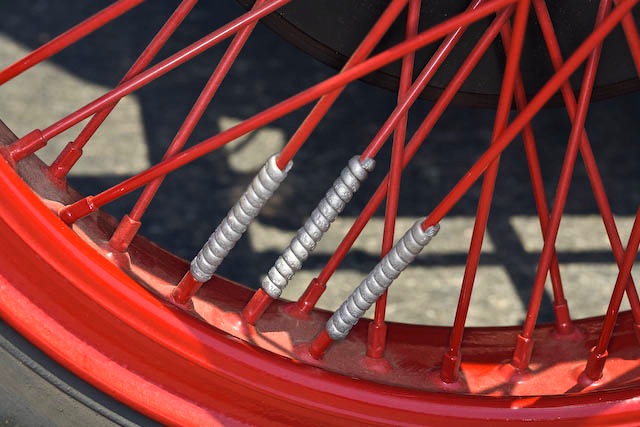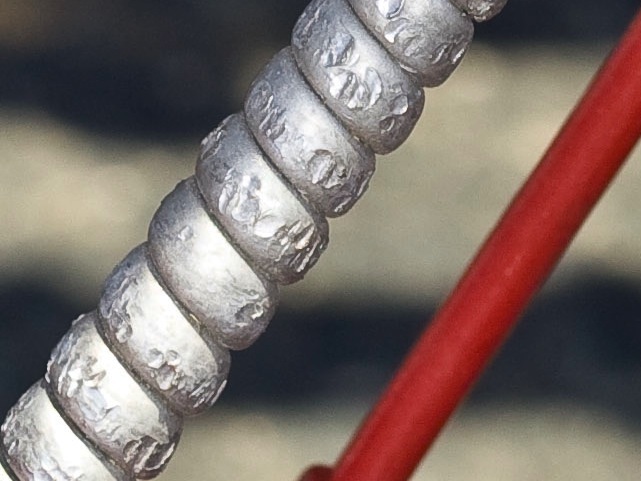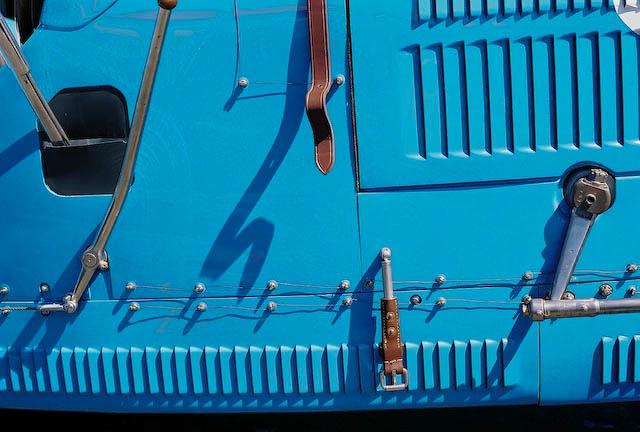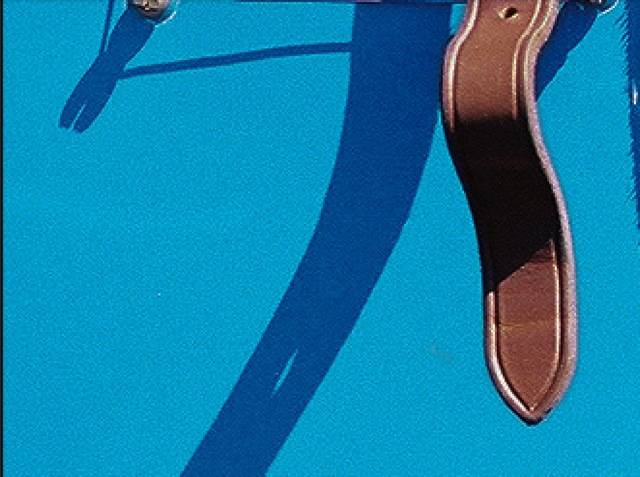Things have never been better.
A fellow old car enthusiast dropped by the other day to take a look at some of my latest snaps and to choose a couple for display on his garage wall.
The selection process was a lot of fun and we spooled off a couple of 18″ x 24″ prints while we chatted. Conversation naturally centered around vintage racers and when my friend mentioned a certain old Bugatti it was a moment’s work in Lightroom to pull up the relevant snap in Lightroom and …. well, we must both confess to disappointment. It’s not that there was anything wrong with the definition of the older picture, taken 5 years ago, it’s that it was taken on film and it looked perfectly horrible on the big screen.
Here’s the two week old digital snap:

And here is a section that would make a 50″ wide print:

Now this is the older snap taken on film:

And a like section:

In neither case was the gear used in any way less than the best. The digital picture was on a 5D with the 100mm Canon Macro lens – maybe their sharpest. The film version was on a perfectly tuned Leica M3 with the greatest 90mm lens ever made – the Leica Apo-Summicron M. If you have used it there’s no need for further explanation. If not, trust me on this one. The scan was on a Nikon 8000 Colorscan film scanner.
So even on a small computer screen it’s clear that film cannot hold up at this size – grain beats down definition.
But wait for it – the 5D was set at 320 ISO whereas the film original was 100 ASA/ISO, making the comparison that much more damning for film.
Standards have changed and there’s simply no beating an A/B comparison – no memory, no imagination, just the facts. And there’s no denying digital’s superiority, assuming you know how to properly expose and process, once you have seen nice big prints from the 5D’s full frame sensor.